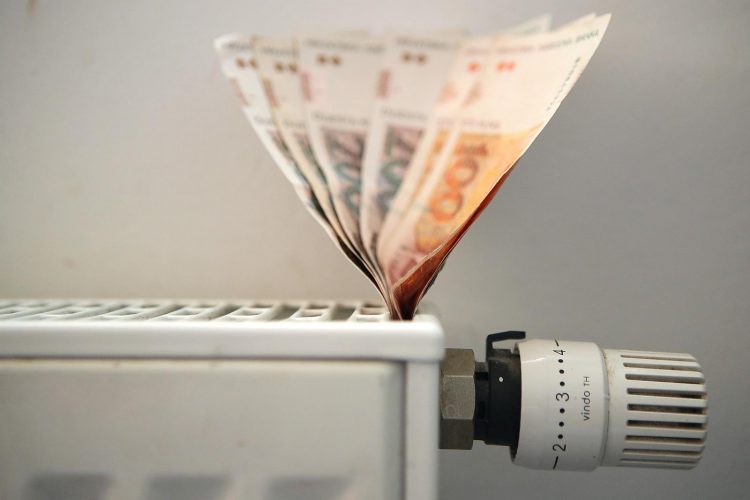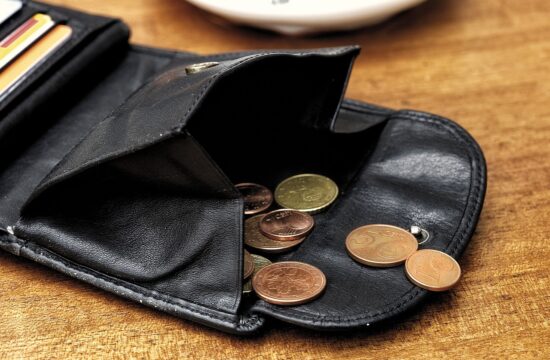
The price of natural gas for households is set to increase by an average 78 percent per kilowatt-hour as of 1 April, if the current VAT rate remains at 25 percent, the Jutarnji List daily reported on Thursday, based on projections made by experts at the national energy regulator Hera.
Since Minister of Economy, Tomislav Coric, has been announcing for more than three months now that the government’s efforts to offset the rising energy prices might include cutting the VAT rate, Hera reportedly made three scenarios to calculate the increase in prices for household consumers.
Croatia uses a system in which the price of natural gas for private consumers is capped by the government, with the cap adjusted periodically according to a set formula. The current period of gas prices – unaffected by the ballooning prices on the global markets – is set to expire on 1 April. Meanwhile, businesses are not protected by the same provision, meaning that many had already received bills five to seven times higher than usual.
According to Hera’s projections, if the VAT rate gets reduced to 13 percent, the new retail price of gas would go up by 60 percent; if VAT gets reduced to only 5 percent, the retail price would go up by 49 percent, and if VAT drops down to zero, the increase in gas prices would still amount to 42 percent.
In line with the rising producer prices, Hera has also calculated how much the price of gas would increase across the country and at various distributors, since prices for end-users may differ based on their respective trade margins.
Based data provided by Hera, Jutarnji List calculated the price increase for an average family which uses gas for heating and cooking and spends an average 15,000 kWh annually. The calculation was done for 15 Croatian cities.
The average family in Croatia currently pays some 4,950 kuna (€658) for gas every year, and as of 1 April that would increase to 7,950 kuna (€1,057) provided that the VAT rate is cut to 13 percent. Even if VAT was removed entirely, the cost would still total 6,950 kuna (€924) per year. However, this is the increase at the national level.
By city, the most expensive place for natural gas is Rijeka (6,150 kuna, or €818), followed by the coastal cities of Split, Sibenik, and Zadar (6,000 kuna or €798 per year).
After 1 April, depending on whether VAT gets reduced by half to 13 percent, or scrapped entirely, the price of gas would go up the most in Slavonski Brod (52-69 percent), Koprivnica and Kutina (50-67 percent), Bjelovar (48-65 percent) and Samobor (42-64 percent).
In the capital Zagreb the price of gas would go up by 38-59 percent. This increase was calculated solely on the basis of the government’s announcements that the VAT might get reduced.
Local media did not report how the pending VAT reduction might affect government revenues.
(€1 = 7.52 kuna)





Kakvo je tvoje mišljenje o ovome?
Budi prvi koji će ostaviti komentar!